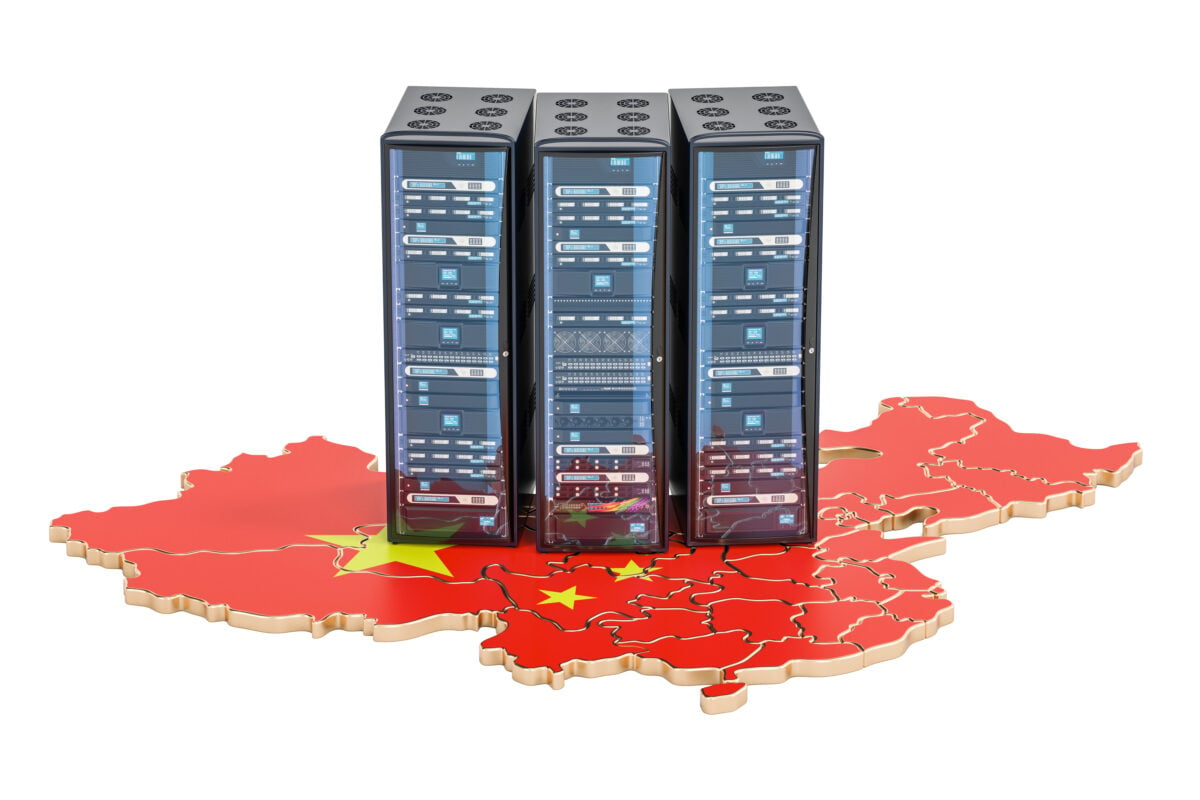TLDRs;
- China launches a commercial underwater data center near Shanghai to reduce energy use and support green AI infrastructure.
- The project uses ocean cooling and offshore wind energy to achieve over 95% renewable power consumption.
- Modeled after Microsoft’s Project Natick, China’s subsea facility marks a leap from experimentation to commercialization.
- Experts warn of marine ecosystem risks, but Beijing sees underwater computing as key to its carbon neutrality vision.
China is taking a bold step toward greener computing by launching one of the world’s first commercial underwater data centers near Shanghai this October.
Developed by maritime equipment manufacturer Highlander in partnership with state-owned construction firms, the subsea facility will serve major clients including China Telecom and a state-run AI computing enterprise.
The concept is simple yet groundbreaking: servers placed underwater leverage the ocean’s natural cooling properties to cut energy use and carbon emissions. By replacing energy-intensive air-conditioning systems used in land-based data centers, the technology could substantially reduce operational costs while aligning with Beijing’s carbon neutrality goals.
Highlander says the Shanghai data hub will draw nearly all of its electricity from offshore wind farms, with over 95% of its power coming from renewable sources. The facility is encased in corrosion-resistant material to protect its hardware from seawater exposure, marking a step forward in sustainable, long-term undersea deployment.
From Microsoft’s Experiment to China’s Execution
While this marks China’s first large-scale attempt at subsea data storage, the idea itself isn’t new. In 2018, Microsoft’s Project Natick successfully tested a similar underwater data center off the coast of Scotland’s Orkney Islands. The experiment, which stored and processed data for two years, demonstrated that underwater environments could improve server reliability while reducing cooling costs.
However, Microsoft never commercialized the concept, citing high costs and technical uncertainties. In April, engineers from the project later described it as “moonshot research,” meant to test whether renewable energy and ocean environments could safely support high-performance cloud computing.
Now, China is picking up where Project Natick left off. With state backing and national subsidies, Highlander aims to transform an experimental concept into a commercially viable model that could support the nation’s growing demand for cloud computing and AI infrastructure.
Environmental and Technical Concerns
Despite the promise of efficiency, experts warn that large-scale deployment of underwater data centers may come with ecological risks. Researchers have raised questions about how heat emissions might affect marine ecosystems and whether subsea maintenance could prove more complex than anticipated.
Additionally, the stability of undersea infrastructure remains a technical challenge. Engineers must ensure data transmission reliability, manage corrosion risks, and maintain power systems in a high-pressure environment.
Highlander says its Shanghai site has been engineered with advanced protective coatings, temperature regulation systems, and anti-corrosion technology to mitigate these risks. The company also notes that environmental monitoring will be continuous to ensure minimal disruption to marine habitats.
China’s Broader Green Tech Push
China’s pursuit of subsea computing reflects a broader national strategy to make digital infrastructure more sustainable. With energy-hungry data centers supporting the country’s booming AI sector, Beijing has encouraged state enterprises to explore renewable energy integration and efficiency innovations.
Government subsidies have already backed Highlander’s earlier project in Hainan province, and similar initiatives could expand to coastal regions with access to offshore wind power. Analysts say if successful, underwater data centers could become a key component of China’s long-term carbon reduction goals, and a potential export technology in the global green computing race.






